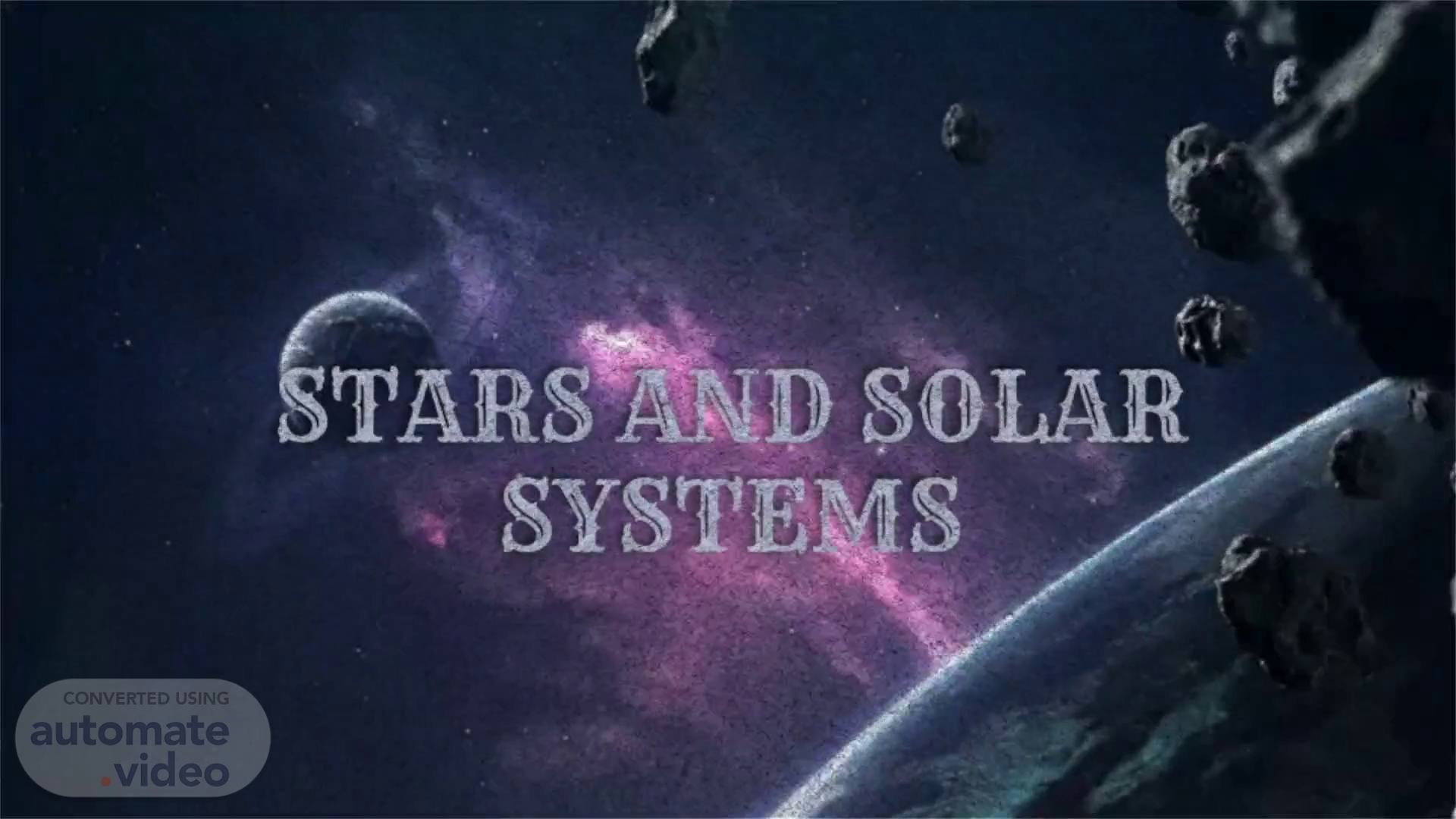
Page 1 (0s)
SOLAR SYSTEMS. ( GROUP 3).
Page 2 (12s)
TABLE OF CONTENTS. 01. 02. 03. 04. 05. 06. THE SOLAR SYSTEM.
Page 3 (21s)
THE SOLAR SYSTEM. Our solar system consists of the sun and eight planets. The eight planet of solar system are Mercury,Venus, Earth,Mars, Jupiter,Saturn,Uranus and Neptune. Besides planets, the solar system consists of large number of minor planets or asteroids,a host of comets and meteors. The gravitational pull between the sun and these celestial bodies keeps all of them revolving around the sun.
Page 4 (27s)
A GROUP OF THE SUN , THE PLANETS , AND OTHER C ELESTIAL BODIES ; THE O THER ‘ OBJECTS ’ T HAT REVOLVE AROUND THE SUN IS CA LLED A SOLAR SYTEM.
Page 5 (34s)
OUR SOLAR SYSTEM CONSISTS OF A SUN AND 8 PLANETS AND THE NAMES OF PLANETS ARE :-.
Page 6 (51s)
DIFFERENCE BETWEEN A STAR AND A CONTELLATION ?.
Page 7 (1m 4s)
ON THE BASIS OF :- STARS CONSTELLATIONS Meaning - It is a celestial body made up of very hot gases which emits light of its own. It is a group of stars that make a recognizable pattern or shape in the sky. Examples - POLARIS SIRIUS BETELGEUSE RIGEL VEGA PLEIADES SUN ANTARES CANOPUS RIGIL KENTARUS URSA MAJOR ORION LEO DRACO URSA MINOR CASSIOPEIA.
Page 8 (1m 18s)
THE MOON’S SURFACE. The moon’s surface is covered with dead volcanoes , impact craters , and lava flows ..
Page 9 (1m 28s)
SUN.
Page 10 (1m 35s)
SUN IS A STAR WHICH IS LOCATED AT THE CENTRE OF OUR SOLAR SYSTEM. IT SHINES IN THE SKY DURING THE DAY AND GIVES THE EARTH HEAT AND LIGHT.
Page 11 (1m 44s)
To know more click the link below ? https:// www.youtube.com/watch?v=JsIF2u7fZZU.
Page 12 (3m 54s)
PLANETS. 1} MERCURY 2} VENUS 3} EARTH 4} MARS 5} JUPITER 6} SATURN 7} URANUS 8} NEPTUNE.
Page 13 (4m 4s)
It is the closest planet to sun .. MER CURY. 2) A year on Mercury is just 88 days long..
Page 14 (4m 28s)
It is the only planet in our solar system that spins in clockwise direction on it’s axis. Earlier it was believed that this planet could sustain life but later it was discovered that the surface temperature was too high The first spacecraft to visit mars was mariner 2 The day on VENUS is longer than its year !.
Page 15 (4m 43s)
EARTH. It is the only planet not named after a god . The earth isn’t perfectly round . it is slightly flattened at north and south poles . It is the densest planet of all the planet . this means that it’s the most compact of all the planets . 70% of the earth's surface is covered in water.
Page 16 (4m 59s)
MARS. Mars is named after the Roman god of war . Mars has 2 moons called Deimos and Phobos. They are named after the t wo horses that pull the Roman god of war, Mars’, chariot . Mars has the largest canyon in our solar system, Valles Marineris . Mars is home to Olympus Mons, a dormant volcano and the largest volcano and highest mountain in our solar system..
Page 17 (5m 21s)
JUPITER. Jupiter is 2.5 times more massive than all of the other planets in the Solar System combined . Jupiter Has 67 Moons Jupiter is named after king of the Roman gods Jupiter’s moon Ganymede is the largest moon in the solar system. Jupiter’s magnetic field is about 14 times as strong as earth’s.
Page 18 (5m 48s)
SATURN. It is the second largest planet in our Solar System In Roman mythology , Saturn is the god of agriculture Saturday is named after Saturn Saturn’s moon Titan is the second-largest moon in the solar system . Many astronomers consider Saturn the most beautiful planet in the solar system because of its stunning rings. In fact, Saturn’s nickname is “the jewel of the solar system.”.
Page 19 (6m 2s)
URANUS. Uranus is the coldest planet in the Solar System Uranus was the first planet discovered in the modern age Uranus was the first planet discovered in the modern age i.e. NASA’s Voyager 2 Uranus is also the only planet to be named after a Greek god rather than a Roman one . The name "Uranus" is a reference to the Greek god of the sky, Uranus.
Page 20 (6m 24s)
NEPTUNE. A year on Neptune lasts 165 Earth years . The atmosphere of Neptune is made of hydrogen and helium, with some methane . Neptune is the most distant planet from the Sun..
Page 22 (6m 48s)
1 .. Uranus is the largest planet in our S olar System..